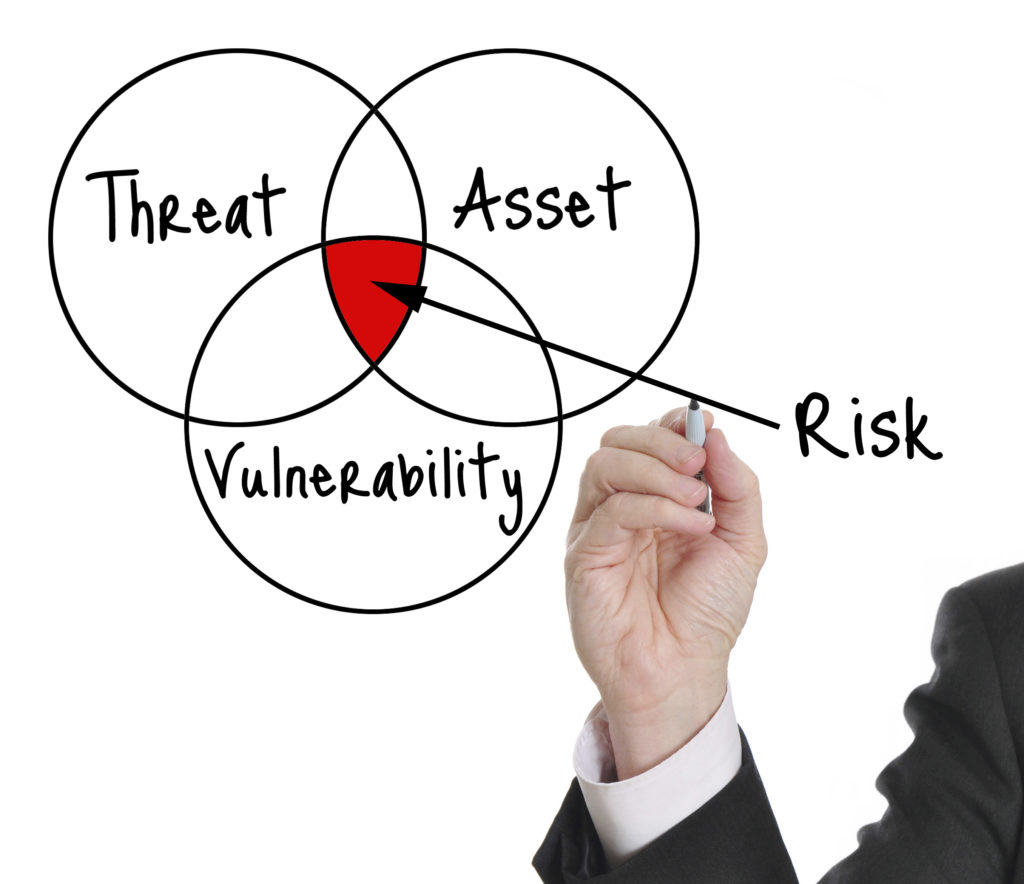Are your computer systems backed up enough to continue your business operations? Consider this scenario, which is not always on the radar of business owners. Your team has just reported to work. It’s 8 a.m. They have had their coffee, and they’re ready to work. They can log in to their workstations, but soon they discover they can’t use the core application your firm uses to process customer orders. They cannot help customers except by talking to them over the phone, and they must take notes and enter new orders later. The IT guy is off today, but you suspect that your server running this core application failed during the night. Didn’t the IT guy get an alert on his mobile phone that a server went down? Now, your business will temporarily have limited operations, but you don’t want to upset employees by sending them home. This is the point at which your company needs a disaster recovery solution.
Why Disaster Recovery
If you do a little research, you’ll quickly discover the misnomer that planning for disaster recovery is expensive for small- and medium-sized businesses. However, our experience has shown that entrepreneurs require a deeper understanding of the infrastructure that their business will need to address this kind of scenario. We encourage you to explore your options for protecting servers, which runs the gamut from limited backup services to full-service disaster recovery. In this post, we consider the context in which having backup systems is essential to your business.
The Context of Business Operations
Presently, your company operates in a competitive and transparent business environment, which includes large, medium, and small companies marketing goods and services. These organizations rely on internal technicians to advise on how to protect their business assets and to continue operations during unforeseen events. A business owner like you could obtain advice on how to prevent losses from servers going down, but you may not follow through and put the best backup systems in place. Think of your company’s computing resources, whether you have ten employee desktops or a complex network of servers supporting multiple locations. These resources are essential to your daily operations and can be compromised when your people and/or your IT processes fail.
 Consider the Risks
Consider the Risks
If you are an entrepreneur with a risk management mindset, you know that you must consider the impact of employee actions and the failure of computer servers on your firm’s operations. You need business continuity planning (BCP) and a system that provides disaster recovery for all systems. While you may put a system in place that cannot prevent every type of loss, you can ensure that machines have backup support at a reasonable cost.
Find Your Intangible Risks
Perhaps Dante Disparte said it best on the Harvard Business Review blog:
As experts in computing, we’ve learned that business owners should take a new approach to risk management. They should not over-complicate their disaster recovery plan. Disparte describes this as not just approaching complex risks with even more complicated risk management systems. It’s about ensuring a prevention mindset everywhere in the company at the employee level — “leaders have to equip the individuals in their charge with common levels of risk awareness, codes of conduct, and value systems.” Your employees may recommend disaster recovery solutions, but, in the end, you must decide what solution your business can afford.
Think Locally
Your business may be so small that you don’t have a risk manager to advise on the best system for disaster recovery. Your IT department might also be small and lacking a chief technology officer. Your need to assess your risks is real, but there’s only so much time in the day to consider your options. You don’t want to become one of the many business owners crippled by unexpected data breaches and other computer server failures. It will feel like your business is vulnerable, and it could take weeks to get operations back to normal. Your company may also lose many customers due to temporary service interruption. Count on a qualified vendor to protect your servers without paying too much for disaster recovery solutions.
The Options
Three primary disaster recovery options will protect your business technologies. The first option is to build an in-house system that operates when your computer servers fail, usually a secondary site connected through an internet protocol or fiber channel communications network to your primary network. The second option is to rent space in a data center, which backs up all data on your company’s essential servers. The third option is to enter a full-service contract with a third-party vendor that offers a cold, warm, or hot standby site to back up applications and data in its data center. This might sound like jargon to you, but we can explain the advantages and disadvantages of each type of disaster recovery system. We want you to explore your costs and to choose the best option that fits your IT budget. Your business data should always be protected, and that’s our specialty.

